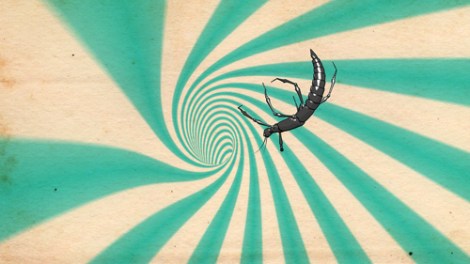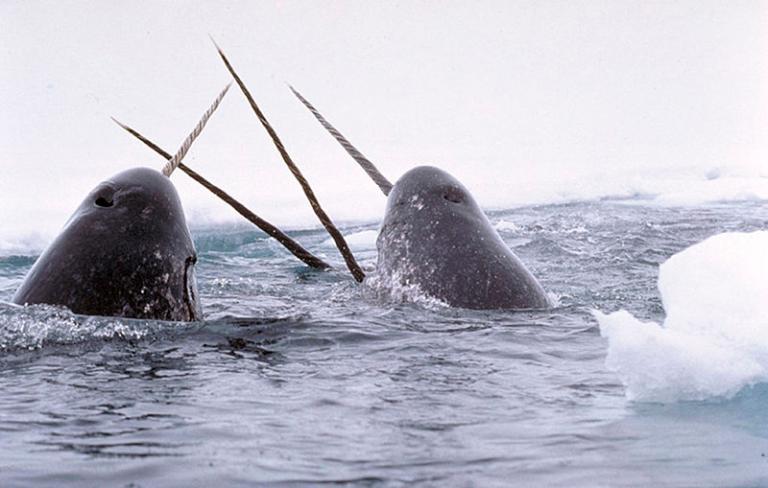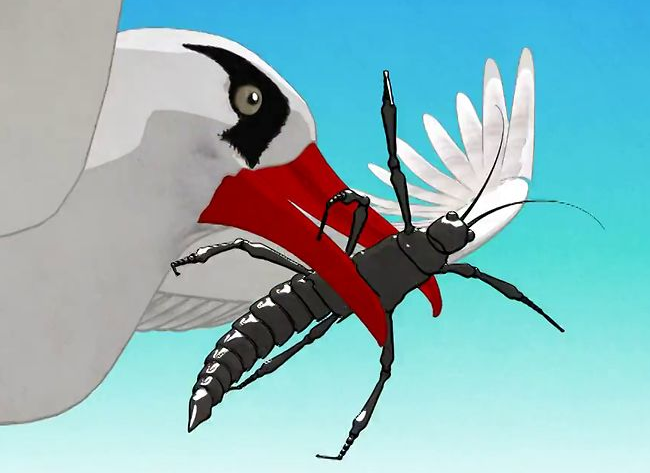
If you read Grist, chances are you already know about the Lord Howe Island stick insect, otherwise known as the tree lobster. Our post about the tree lobster and how it survived 80 years in hiding was the most popular of 2012. If you don’t remember, here’s a refresher:
In the early 20th century, a British trade ship crashed on the South Pacific island that these stick insects inhabited, and black rats from its hold took over the island and ate all the bugs. One very small population survived, hanging out around one tiny little bush on another island (really more of a bare outcropping of rock), until a couple of Australian scientists found them there.
And here’s a video of it hatching:
Now, like many other things that look like aliens — facehuggers, E.T., James Carville — the tree lobster is making the leap to film. Australian animator Jilli Rose will be bringing its story to life in her short documentary Sticky.
Rose is still trying to cover post-production costs, using an Australian Kickstarter analogue. So if you’re a real tree lobster fanatic, you can make yourself a patron of its rise to cinema stardom, and get some sweet rewards in the bargain (stickers, postcards, a kids’ T-shirt but weirdly not an adult T-shirt). The best part is Rose’s justification for making the film:
There are so many grim and worrying tales told in the conservation film genre. It’s easy to feel hopeless in the face of them. I’m such a fan of good news and the energising effects of an upbeat story. … It has such a hopeful message — that life will persist, if it possibly can. These insects are perfect scrappy heroes, and the efforts of the captive breeding team are positively cape-worthy — in modest facilities behind a secret door in the butterfly house they have quietly, diligently and quite literally saved a species.
A conservation message without the doom and gloom, populated by weird amazing creatures? Hot damn, sign me up and pass the popcorn.




